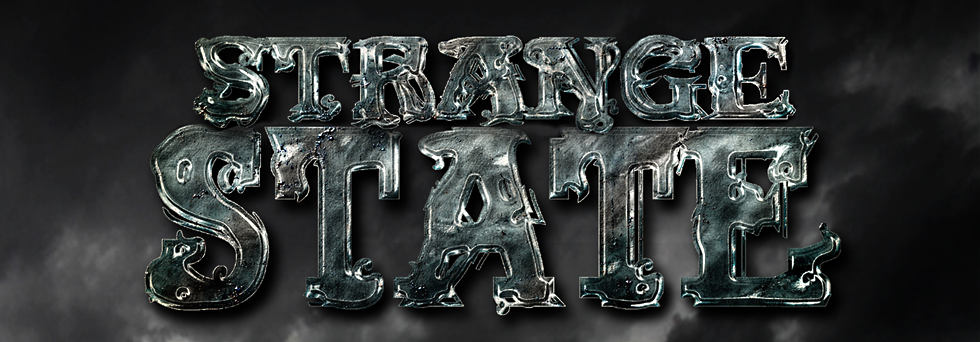In East Sussex, at the site of the Battle of Hastings in 1066, lies the ruinous hulk of Battle Abbey, which William the Conqueror commissioned to be built in 1070 to honor the fallen at that famous clash of the Norman Conquest.
Oddly enough, it's not the spectral visage of some Norman invader or woeful Anglo-Saxon soldier that is most often reported. It seems the Benedictine monks who inhabited Battle Abbey are the real stars of the show.
This infuriated the monks, one of whom cursed him, stating that Sir Anthony's name would erased from the face of the earth by fire and water. With this, the remaining monks packed it in and left Battle Abbey.
Sir Anthony's home, Cowdray Park, burned down only a few short years later in 1793; his only heir, Viscount Montague, drowned in the Rhine, thus ending the lineage.
But some of the monks have never left the carcass of the old Abbey. Visitors over the many years have caught glimpses of them shuffling along the Monks Walk, murmured prayers are heard in the Undercroft, near the ice house, and of course at the Rectory.
 |
| The Crypt |
A famous sighting made a big splash in the papers of 1932.
Vanessa Vane Pennell, a well-to-do society girl, and her brother John decided to spend the night in the old crypt of the Abbey. The levity of the jaunt was broken quite suddenly around midnight when a light began to emanate from one of the walls. Then they smelled the heady aroma of burning incense. Within moments, the light coalesced into the figure of a lanky, corpse-like monk that moved toward them. When the monk was only a few feet away, it seemed to shush them with its finger and motioned for the siblings to leave. Suddenly a chorus of monks began chanting from behind them. The pair spun on heel to find nothing. When they looked back toward the monk, he was gone. The brother and sister fled from the abbey and spent the remainder of the night in their car.
In the book "Haunted Gardens" you can find a photograph from 2001 taken in the novice's room that appears to show a the spectral image of a man hanging from the doorway.
 |
| The Undercroft |
In 2002, a school teacher from Kent, spotted a grey haired monk wearing a red belt in the Undercroft. At the gift shop, she enquired about the re-enactor only to find out it was just one of their many ghosts.
 |
| The Chapel |
 |
| The Monks Walk |
 |
| The Novice's Room |
 |
| The Gatehouse |
If you visit Battle Abbey, you may also meet a woman in grey/white haunting the elaborate, castle-like gatehouse. She walks with a limp. There's also another in a red dress. Fruit mysteriously shows up, it's said, in the Undercroft. On the anniversary of the Battle of Hastings, witnesses have reported over the years the sounds of battle and the apparitions of mounted knights. Anglo-Saxon King Harold, died at the Battle of Hastings and many believe his ghost lingers still, the arrow that struck him dead still deeply embedded in his eye.













